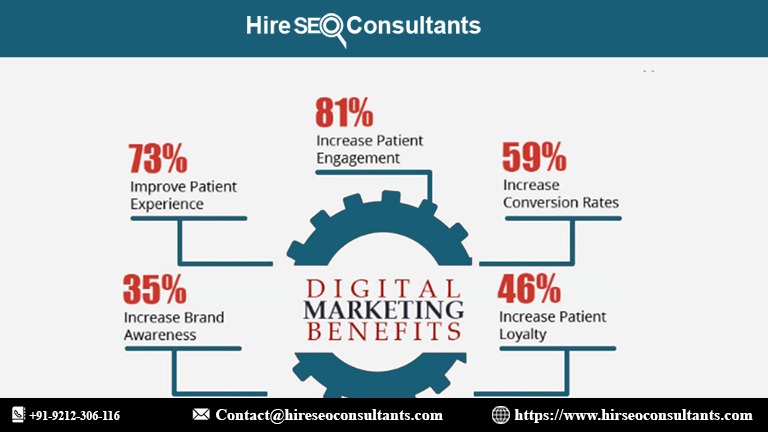How can I use multivariate testing to optimize multiple elements of my emails at once?
Discover how multivariate testing allows you to optimize various email elements simultaneously, from subject lines to calls-to-action. By testing multiple variables, you gain insights into which combinations perform best, enhancing engagement and conversion rates. This method streamlines your email optimization process for more effective campaigns.
Unlocking the Power of Multivariate Testing for Email Optimization
Email marketing remains one of the most effective tools in your digital marketing arsenal. However, ensuring your emails are optimized for maximum impact requires more than just good design and compelling copy. This is where multivariate testing comes into play, offering a sophisticated approach to fine-tuning various elements of your emails simultaneously.
What is Multivariate Testing in Email Marketing?
Multivariate testing is an advanced form of A/B testing where you test multiple variables simultaneously to determine which combination of elements performs best. Unlike traditional A/B testing, which focuses on testing two variations of a single element, multivariate testing allows you to experiment with several elements at once, such as subject lines, images, calls to action (CTAs), and more.
This approach provides a comprehensive view of how different combinations of elements affect your email performance, enabling you to make data-driven decisions and optimize your email campaigns more effectively.
Why Multivariate Testing is Essential for Email Campaigns
In email marketing, the margin between a successful campaign and a failed one can be incredibly slim. Multivariate testing helps you go beyond surface-level improvements by examining how various elements interact with one another. This method allows you to:
- Maximize Engagement: By testing multiple variables at once, you can identify which combinations drive higher open rates, click-through rates, and conversions.
- Save Time: Instead of running several separate A/B tests, you can obtain comprehensive results more quickly, allowing you to implement improvements faster.
- Enhance Personalization: By understanding which combinations resonate best with different segments of your audience, you can tailor your emails to meet their preferences more effectively.
Key Elements to Test with Multivariate Testing
When implementing multivariate testing for your emails, consider the following elements:
Subject Lines
Your email's subject line is the first thing recipients see, making it a critical element to test. Variations in wording, length, and tone can significantly impact open rates. Testing different subject lines helps you understand what grabs your audience's attention and encourages them to open your emails.
Email Copy
The body of your email is where you communicate your message and drive action. Testing variations in copy—such as the use of different headlines, calls to action, and body text—can reveal which messages resonate most with your audience and lead to higher engagement.
Images and Visuals
Visual elements like images and graphics play a crucial role in capturing attention and conveying your message. Testing different images, layouts, and visual styles can help you determine which visuals drive better performance and align with your brand's identity.
Calls to Action (CTAs)
Your CTA is the primary driver of conversions in your email. Testing various CTA buttons, wording, and placements can help you identify the most effective way to encourage recipients to take the desired action, whether it's making a purchase, signing up for a webinar, or downloading a resource.
Email Layout and Design
The overall layout and design of your email affect how recipients interact with your content. Testing different layouts, such as single-column versus multi-column designs, as well as various color schemes and fonts, can provide insights into what design elements enhance readability and user experience.
How to Implement Multivariate Testing in Your Email Campaigns
Implementing multivariate testing involves several steps to ensure you obtain meaningful results and can act on them effectively.
Define Your Objectives
Start by clearly defining what you want to achieve with your multivariate testing. Are you looking to improve open rates, click-through rates, or overall conversions? Setting specific goals helps you determine which elements to test and what metrics to measure.
Create Variations
Once you've identified the elements you want to test, create multiple variations for each element. For example, if you're testing subject lines, come up with several different options with varying wording, tone, and length. Make sure your variations are distinct enough to provide meaningful insights.
Segment Your Audience
Segment your email list to ensure that your test variations reach different segments of your audience. This approach helps you understand how different groups respond to your email elements and allows you to tailor your campaigns based on their preferences.
Run the Test
Launch your multivariate test and monitor the performance of each variation. Ensure that each variation is sent to a statistically significant number of recipients to obtain reliable results.
Analyze the Results
After your test has run for a sufficient period, analyze the results to determine which combinations of elements performed best. Look at metrics such as open rates, click-through rates, conversion rates, and overall engagement to assess the effectiveness of each variation.
Implement Insights
Use the insights gained from your multivariate testing to make data-driven decisions about your email campaigns. Apply the winning combinations of elements to your future emails to enhance their performance and achieve your marketing objectives.
Common Pitfalls to Avoid in Multivariate Testing
While multivariate testing is a powerful tool, there are common pitfalls to watch out for:
Insufficient Sample Size
Testing with too small a sample size can lead to unreliable results. Ensure you have a large enough audience to obtain statistically significant data.
Testing Too Many Variables at Once
Testing too many variables simultaneously can make it difficult to determine which specific elements are driving performance. Focus on a manageable number of variables to ensure clear insights.
Ignoring Statistical Significance
Ensure that your results are statistically significant before drawing conclusions. This helps you avoid making decisions based on random variations rather than meaningful trends.
Lack of Clear Objectives
Without clear objectives, it can be challenging to measure the success of your multivariate testing efforts. Define your goals upfront to guide your testing and analysis processes.
FAQ
What is the difference between A/B testing and multivariate testing?
A/B testing compares two variations of a single element, such as a subject line or CTA, to see which performs better. Multivariate testing, on the other hand, tests multiple elements simultaneously to determine which combination of variations yields the best results.
How long should I run a multivariate test?
The duration of a multivariate test depends on your email list size and the number of variations being tested. Generally, it's advisable to run the test long enough to gather statistically significant data, which could range from a few days to several weeks.
Can I use multivariate testing for all types of emails?
Yes, multivariate testing can be applied to various types of emails, including promotional emails, newsletters, and transactional emails. It's a versatile method for optimizing different elements to improve overall performance.
How do I interpret the results of a multivariate test?
Analyze the performance of each variation based on key metrics such as open rates, click-through rates, and conversions. Identify the combinations of elements that performed best and use these insights to guide future email campaigns.
Is multivariate testing suitable for small email lists?
While multivariate testing can be valuable for smaller lists, it may require longer test durations to obtain reliable results. For very small lists, consider focusing on fewer variables or using A/B testing to gather initial insights before scaling up.
Get in Touch
Website – https://www.webinfomatrix.com
Mobile - +91 9212306116
Whatsapp – https://call.whatsapp.com/voice/9rqVJyqSNMhpdFkKPZGYKj
Skype – shalabh.mishra
Telegram – shalabhmishra
Email - info@webinfomatrix.com
What's Your Reaction?

















